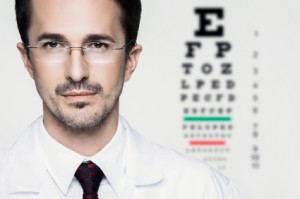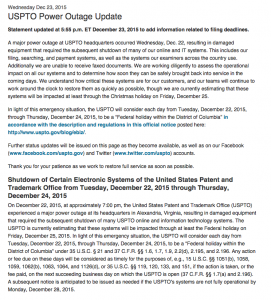
NYC Times Square During the Day
When I lived in Manhattan, December 31 was a day that required advance planning. The police and security teams begin very early in the day to put up barriers for crowd control and, particularly since 9-11, checkpoints to examine bags and people entering the area to verify that they are coming to celebrate New Year’s Eve in a peaceful way. I always made it a point to be out of mid-town Manhattan no later than noon. Even during the daylight hours, pedestrian traffic in the Times Square area moves very slowly. Celebrating New Year’s Eve in Times Square is an activity perhaps best left for tourists.
But I also made it a point while living in Manhattan to explore a new neighborhood or cultural attraction each weekend. Too often, people spend years in New York and never have the fun of visiting, for example, the Cloisters of the Metropolitan Museum of Art, or exploring the extraordinary ethnic and cultural diversity of communities throughout Brooklyn or Queens. So this year, I am going to do something different. I wish a peaceful New Year’s Eve celebration for everyone and of course, with festivities planned it is always best to send employees home early, if possible, to ensure their safety.




